

Disc brake calipers are crucial components within modern disc brake systems and are critical to safely and effectively slowing and stopping your car.
Over my 50+ years as a master auto technician, vocational educator and vehicle owner, I learned the importance of a vehicle’s braking system—especially the calipers. So, I never wait for my brake pads to wear out before replacing them. I’ve seen how heat, road grime and debris, salt, rust, and corrosion have destroyed brake pads, rotors and calipers to the point that have resulted in nasty accidents. This is why visually checking calipers for potential problems during routine maintenance is essential. Always remember that brakes are your car’s most important safety system.
Here are tips from master automotive technicians to help you keep your disc brake calipers (and disc brake pads and rotors) healthier and make them last longer.
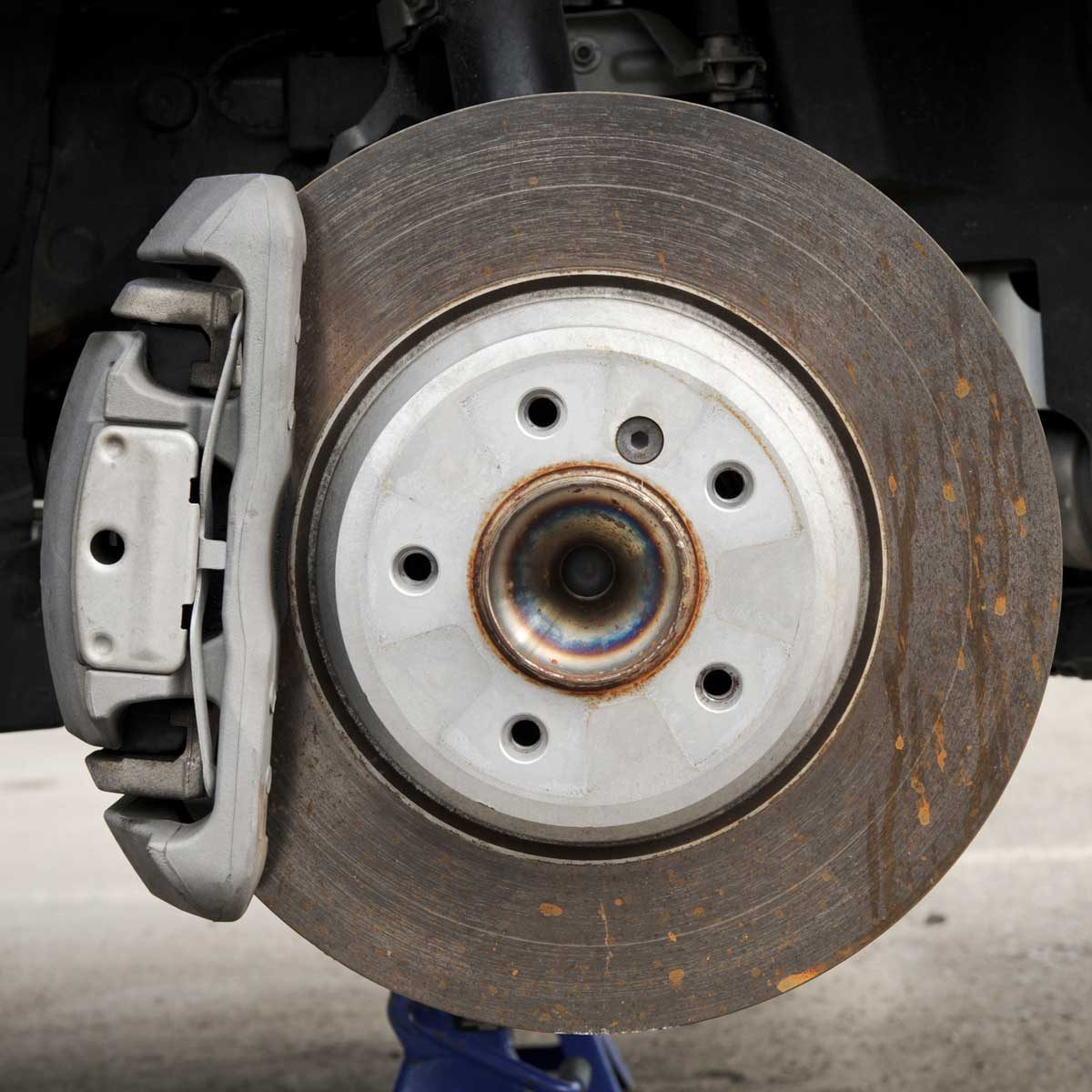
kenneth-cheung/Getty Images
Bolted to the steering knuckle, a brake caliper has two basic jobs: housing friction material (the disc brake pads), and, transferring pressurized brake fluid from the master cylinder through a piston (or pistons) to clamp the brake pads against the disc brake rotor when you push on the brake pedal.
As the pressurized fluid acts on the caliper piston, it squeezes the disc brake pads against the disc brake rotors. The energy of the pads pushing against the rotor generates heat from friction. This heat friction slows the rotor (and wheel) rotation, ultimately bringing your car to a stop.
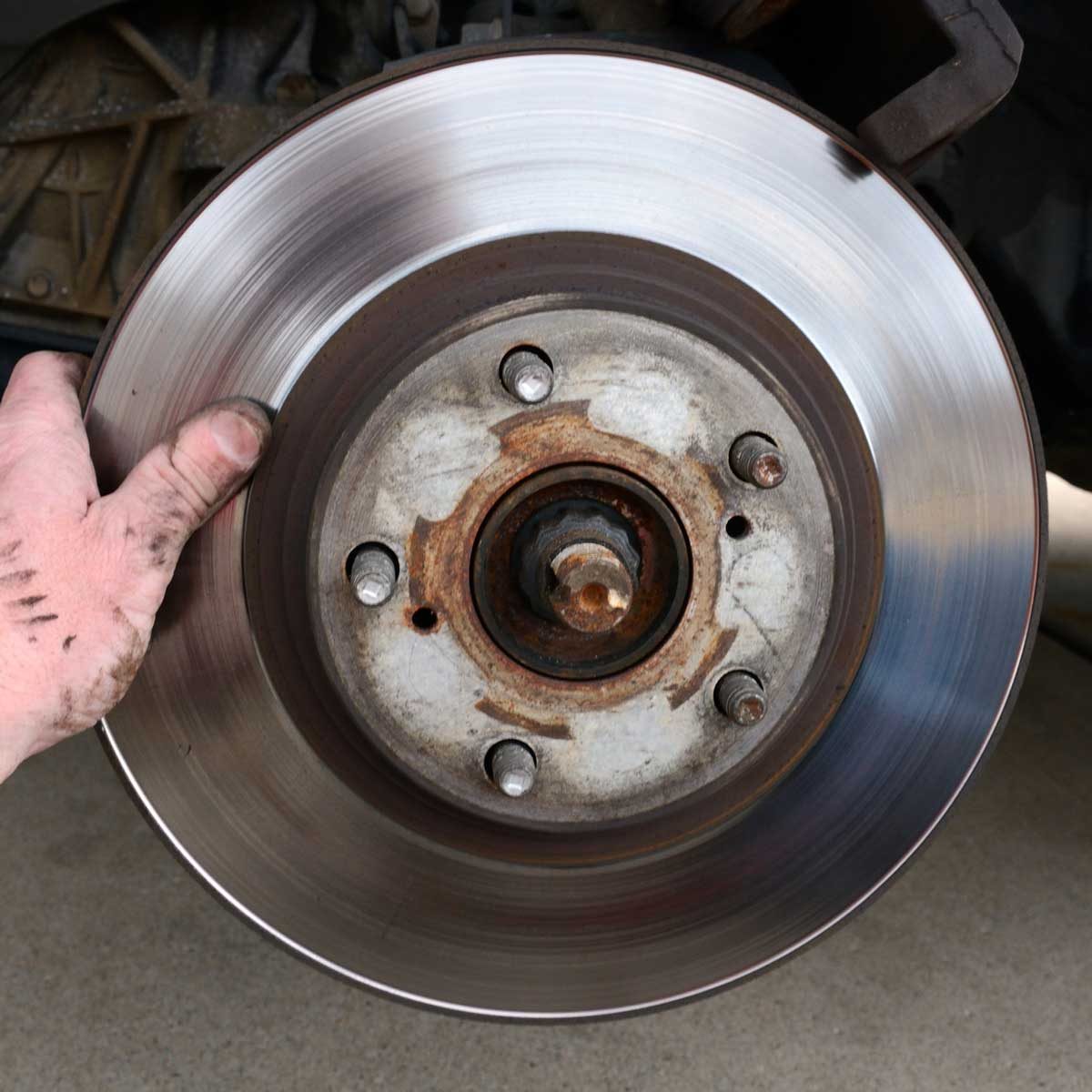
Jeffrey Schreier/Getty Images
The first sign that brake calipers are bad is that brake pads and rotors frequently wear out and need replacing. According to ASE Master Technician and Mazda Senior Certified Technician and Trainer Tom Diamond, the leading cause of damaged calipers is driving with overheated or worn-out brake pads or warped disc brake rotors.
Other major causes are worn, loose, defective, missing or unlubricated brake mounting hardware—specifically brake anti-rattle clips, caliper slide pins or shims. Bad caliper hardware will also cause brake pads to wear unevenly and more quickly. Both prevent the brake system from quickly dissipating heat friction, which can damage the calipers. Diamond added, “Cleaning or replacing and lubing caliper hardware is [as] important” as installing new brake pads.
When brake pads fail to insulate the caliper from excessive heat:
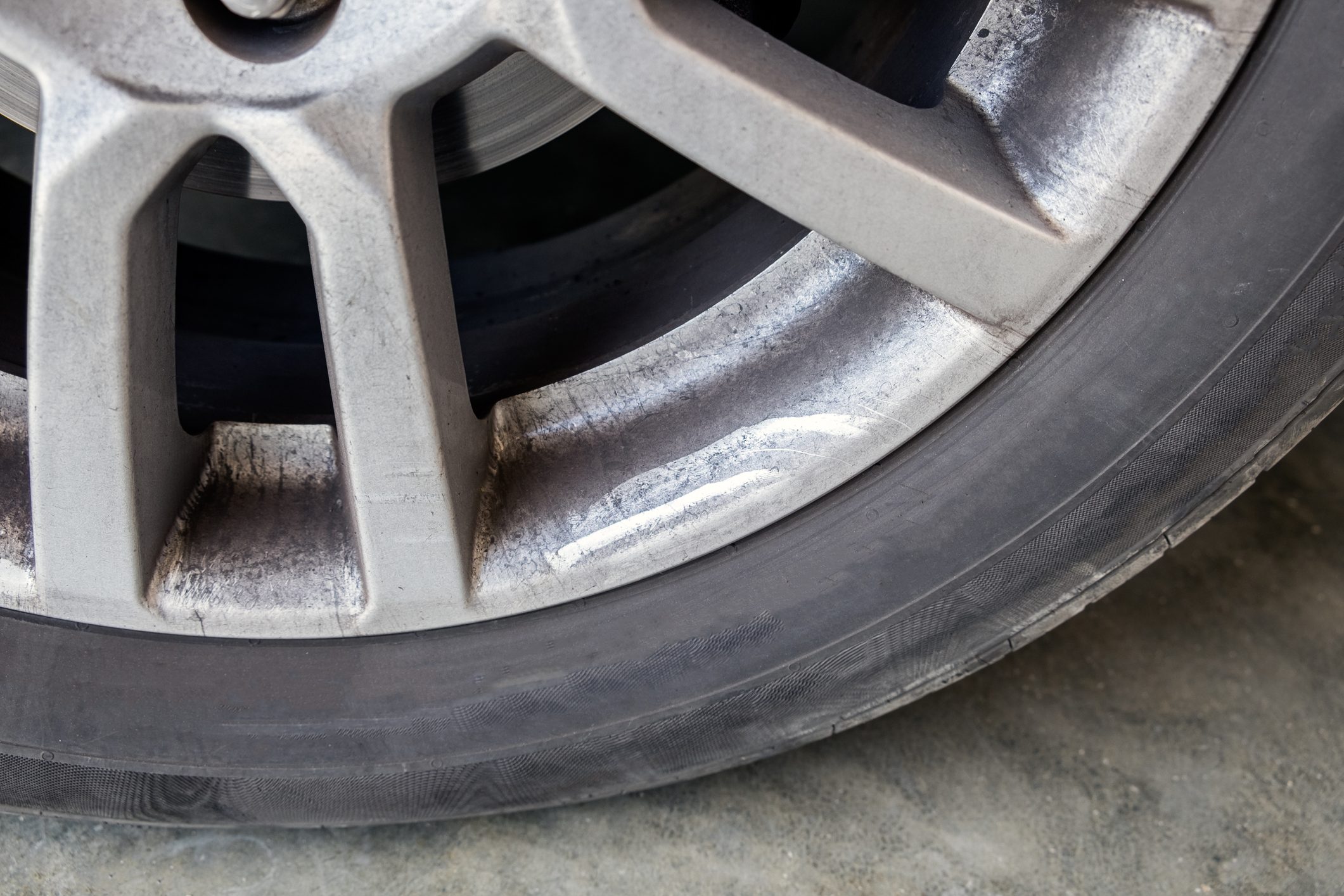
Mumemories/Getty Images
There are many signs a brake caliper has failed or is failing, including:
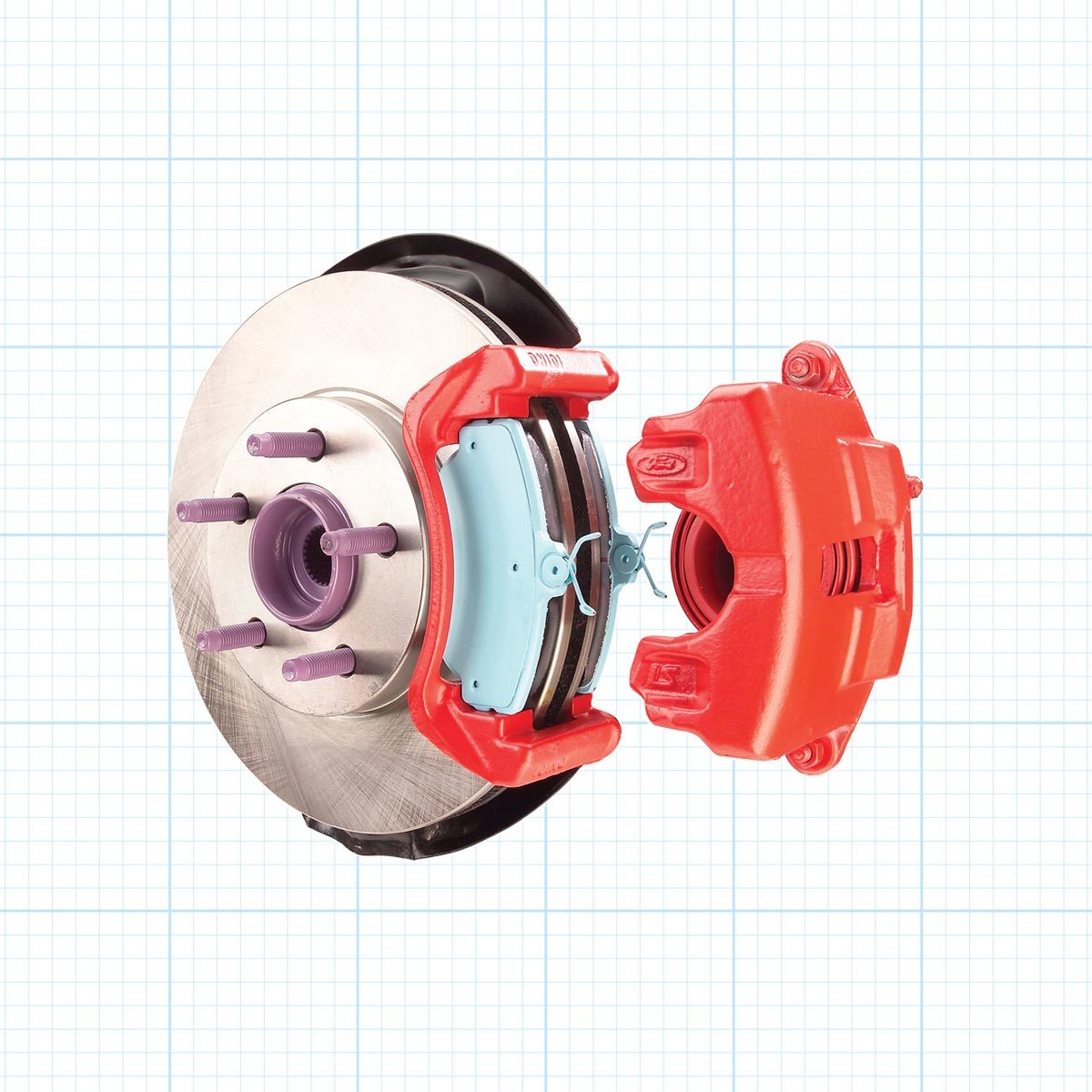 FHM ocean screen grid background" width="700" height="700" />
FHM ocean screen grid background" width="700" height="700" />
TMB STUDIO
Diamond suggests regularly inspecting brake caliper hardware (bushings, anti-rattle clips, retainers, insulation shims), mounting bolts, brake pads, rubber components (brake hoses, seals, O-rings, dust boots) for visible tearing, cracking, normal wear and tear, as well as rust and corrosion every time you change oil or rotate your tires.
“Taking a good look at the brake rotors for hot spots, cracks, grooves, scoring, rust, pitting, warping or excessive glazing” will increase driving safety and lessen future repair bills,” said Diamond. Additionally, flushing brake fluid regularly can also help increase caliper life expectancy.
“It depends,” says Diamond. “There is no recommended mileage or time for replacing disc brake calipers.”
The lifespan of a caliper can be as long as you own your vehicle. However, if you live in the “salt belt,” areas of extreme climate conditions, do lots of off-road driving, drive in harsh, dusty, dirty conditions or mostly stop-and-go city driving, expect calipers to last between 75,000 to 100,000 miles.
In my experience, the main causes of caliber failures are not flushing away road salts, letting brake friction material wear below 4/32 inches (3 mm), hardware corroding from a lack of brake grease, and overtightening mounting bolts.
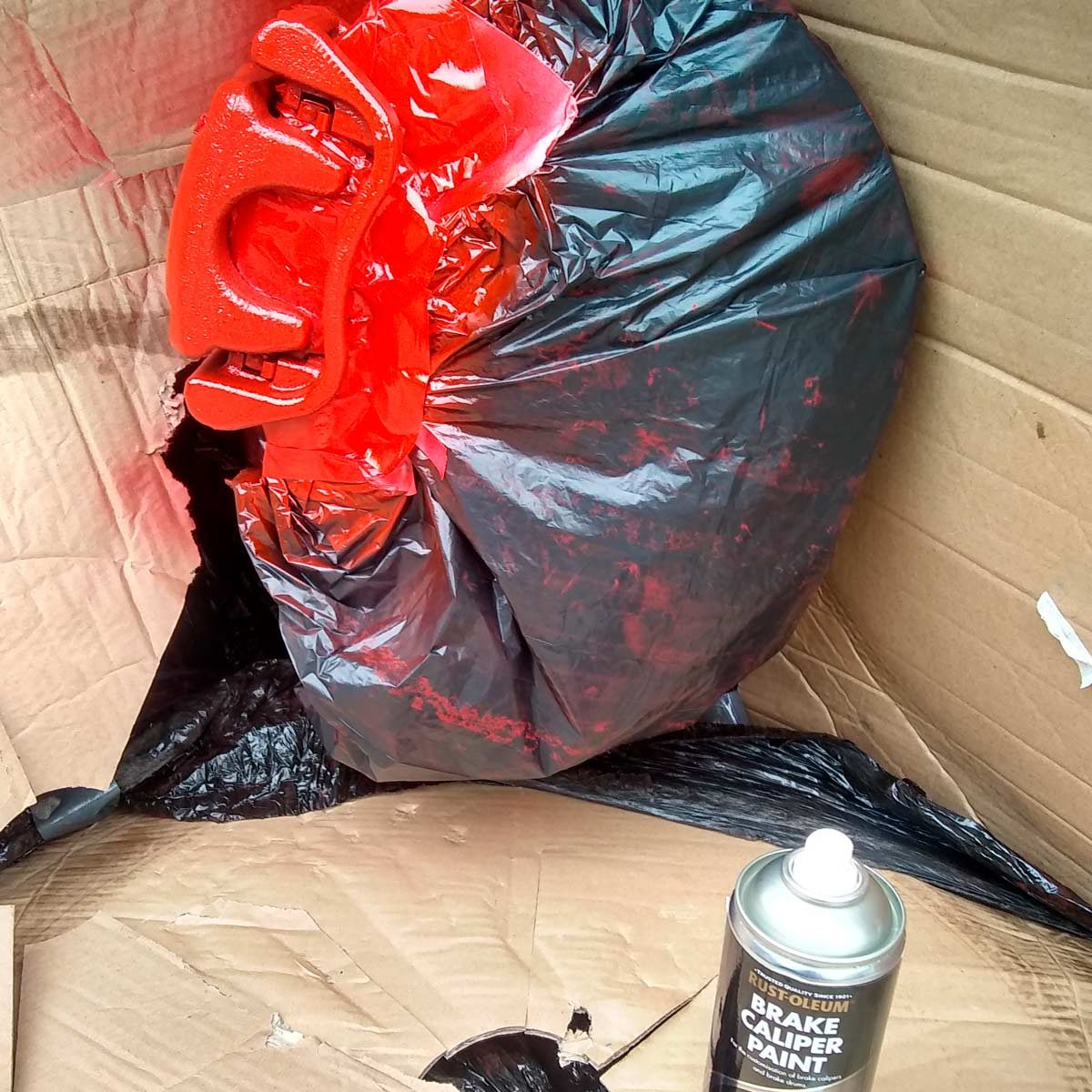
Simon Whitfield/Shutterstock
“Absolutely!” says Bob Hunter, ASE and I-CAR certified body collision and paint expert. The main reason to paint brake calibers is to make your ride look good. “Consequently,” Hunter said, “painting calipers also protects them against rust and corrosion.”
 FHM ocean screen grid background" width="700" height="700" />
FHM ocean screen grid background" width="700" height="700" />
TMB Studio
Originally Published: March 20, 2020
Bob LacivitaSince rebuilding his first engine at age 14, cars have been Bob Lacivita's passion, as well as his way of life. He went on to become an award-winning ASE and General Motors auto technician, vocational educator, career and technical center administrator, technical consultant and freelance writer; teaching legions of students and readers about DIY ca.